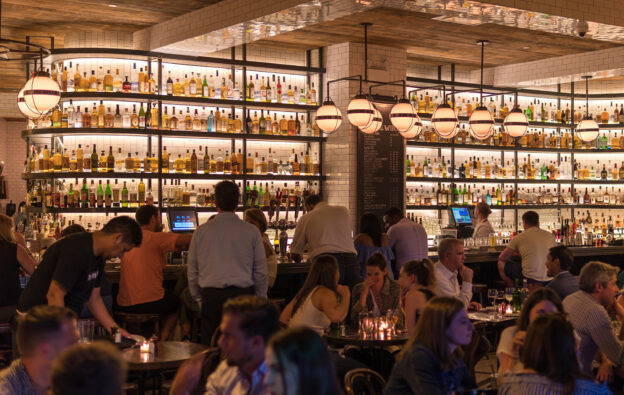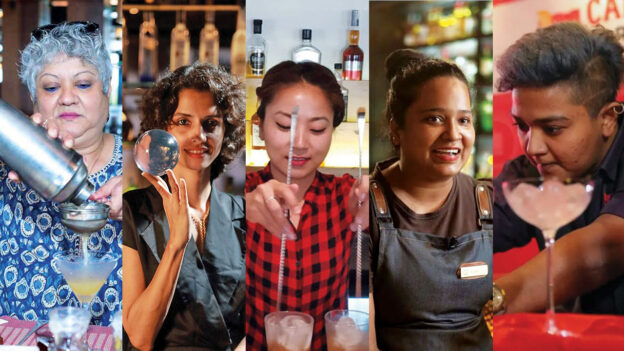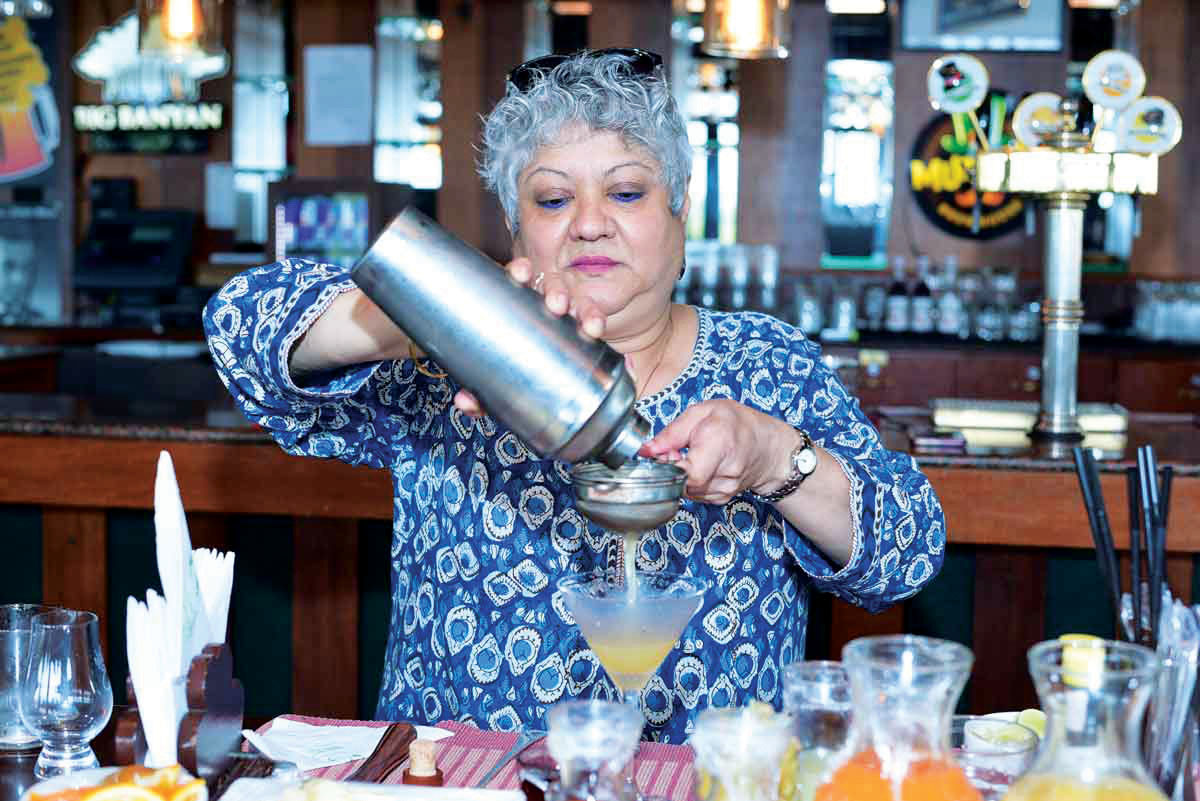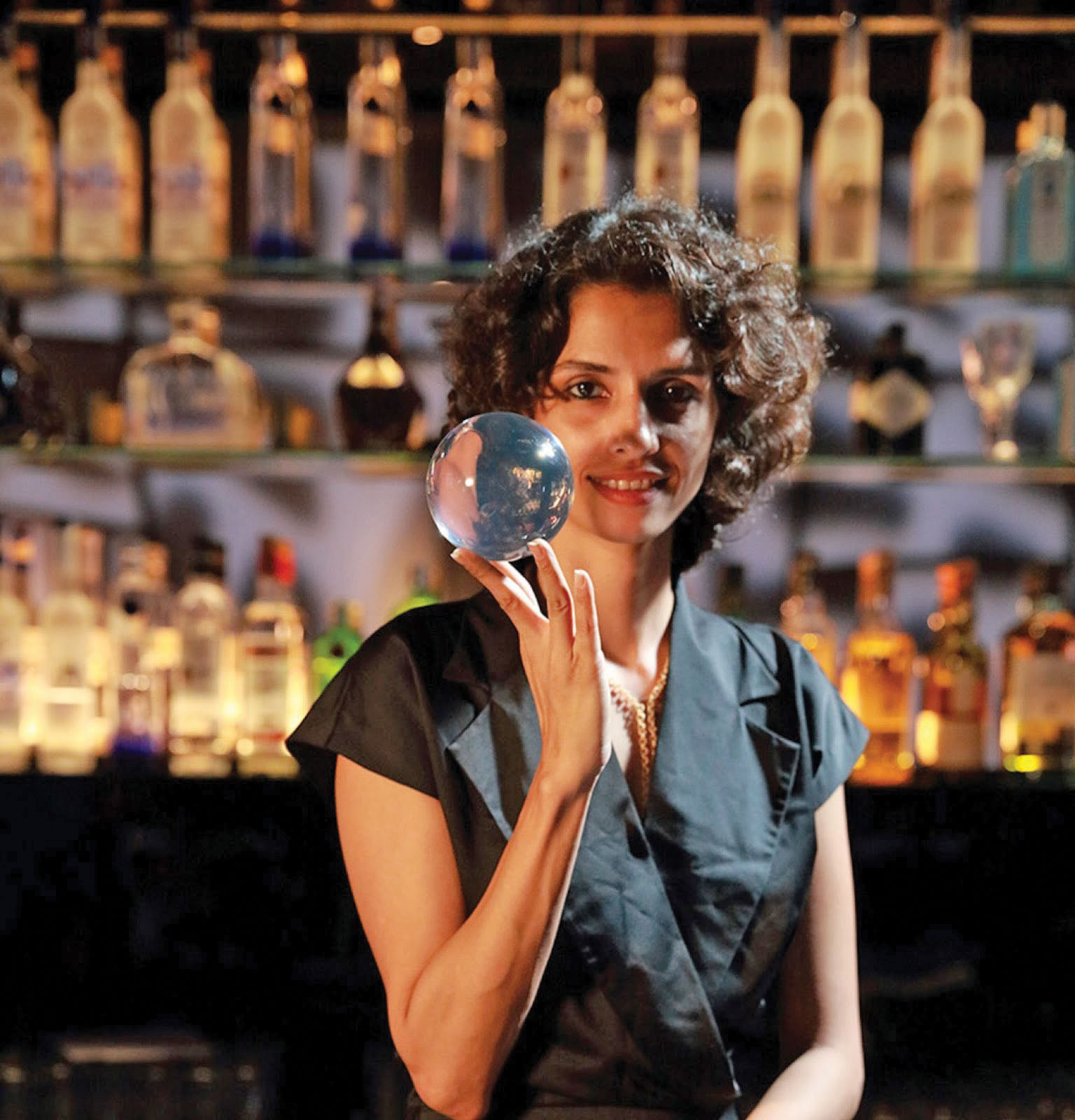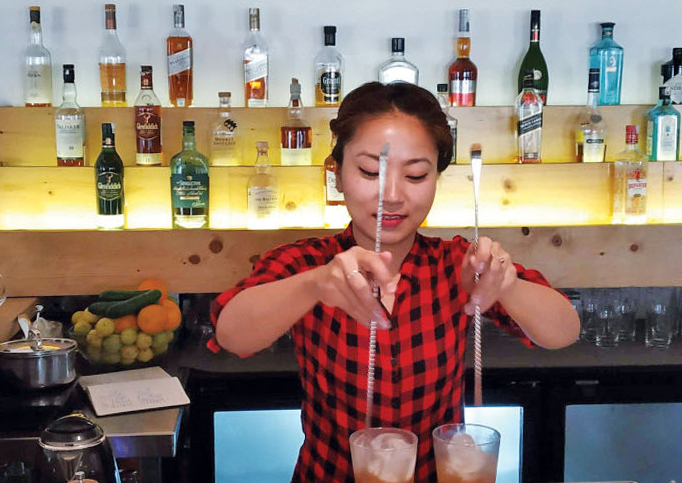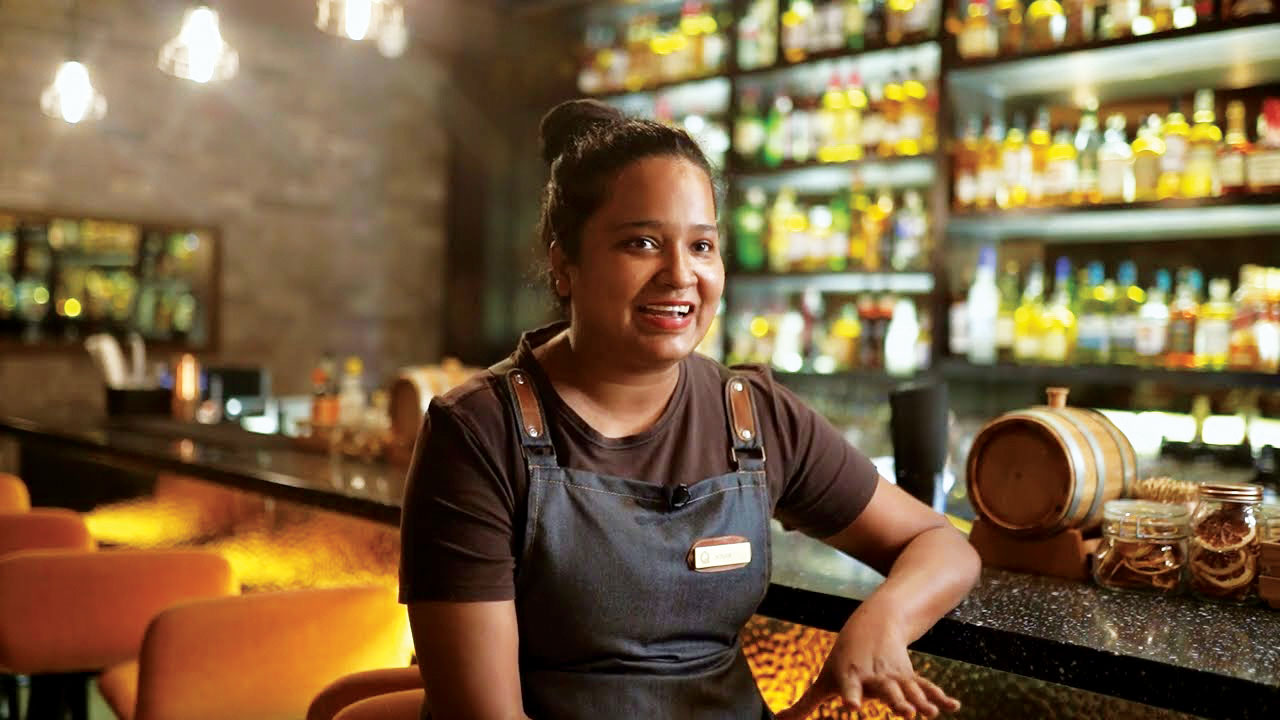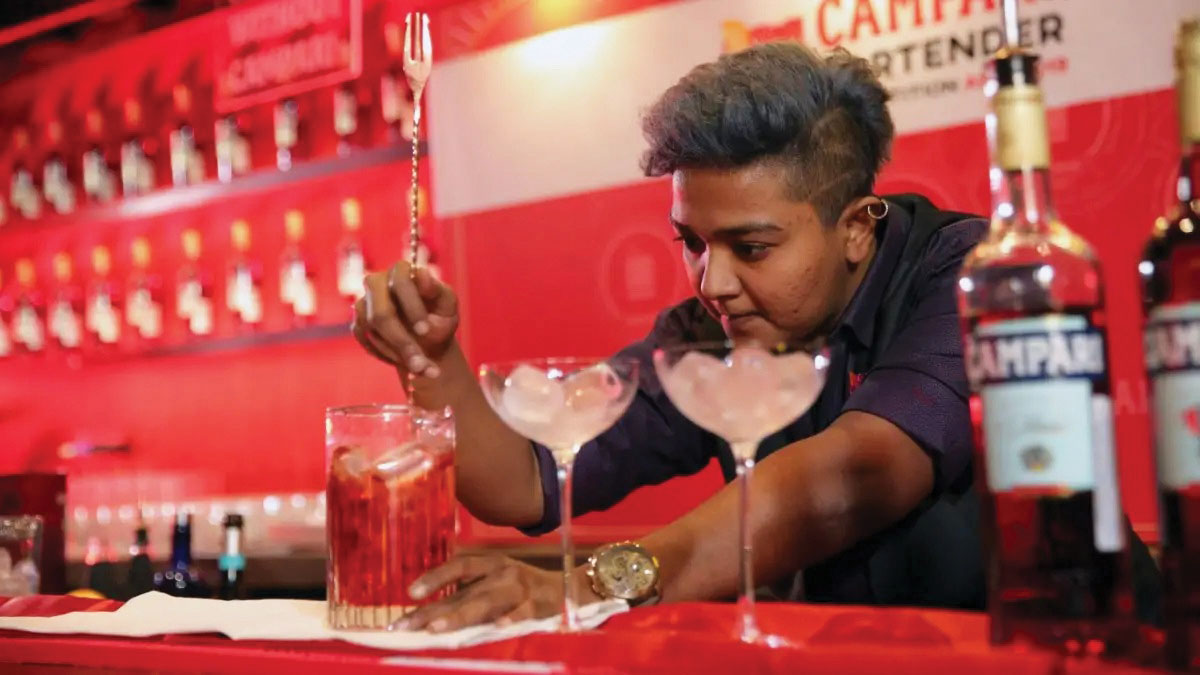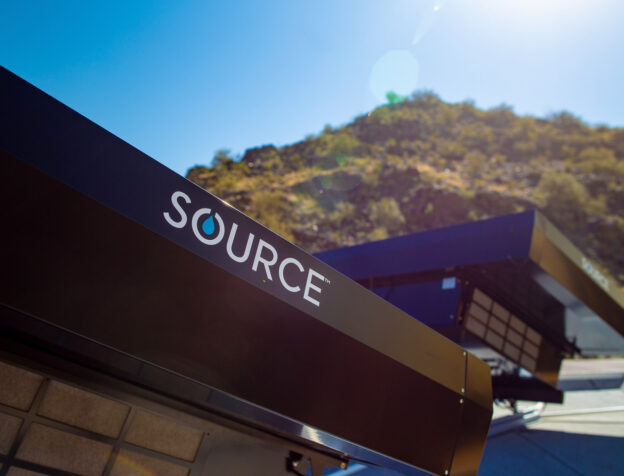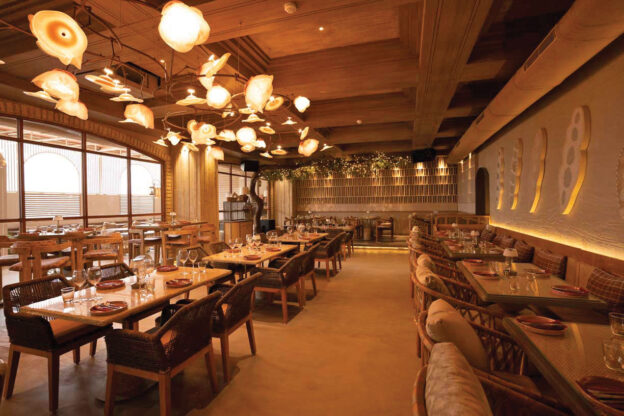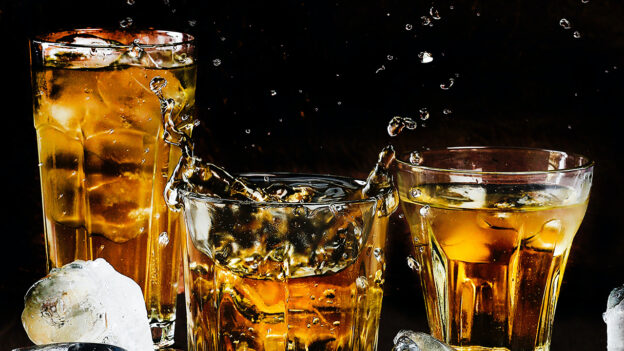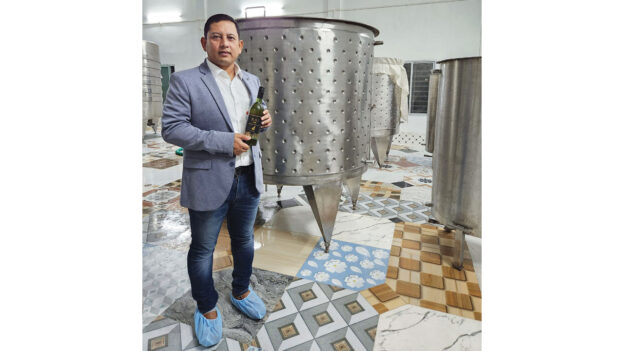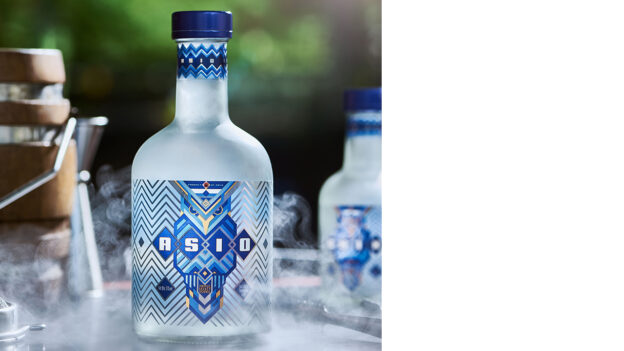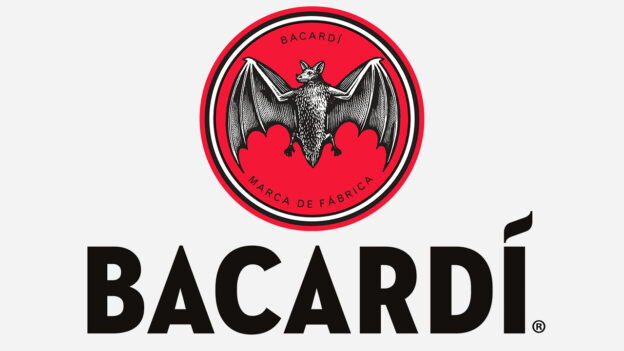From local rice beer and wine to the more complex sura, through varieties like palm toddy and cashew feni, India has always had a rich culture of alcoholic beverages. While the fancy bottles now adorn bar tables and home refrigerators, it is important to point out that the industry is more diverse than that. India’s alcobev industry has grown tremendously in recent years to become one of the nation’s star sectors. As of 2020, the industry had a market size of $52.5 Billion, with a projected CAGR of 6.8%, according to ICRIER.
Specifically, India’s liquor subsector is currently undergoing a revolution, triggered, inspired, and sustained by a growing crop of evolving consumers. The culture of experiential liquor shopping has now found a foothold across the urban and suburban cities, where consumers are as interested in the experience of shopping as the product itself. There are several alco-bev companies that now offer such experiences, including liquor tours, tasting, and so on. From Hyderabad to Bangalore, Delhi to Mumbai, Guwahati, and across the other cities, there’s something exciting for every liquor lover.
Transforming the Indian liquor scene with game changing experiences
Why gamble with your liquor purchase when you can choose the brand you like after a round of tasting? In Bangalore’s Mansionz from the stables of Living Liquidz, is a one-of-a-kind experience. Mansionz is a premium brand that offers premium experiences to premium customers. It is a liquor store with a wine-tasting room that offers that up-beat luxury New York feel. So, you can get an elite experience and have a taste of their amazing liquors before making a purchase.
Beyond the tasting experience, Mansionz is also a platform for learning about different kinds of spirits and brews, towards enlightening consumers about tastes, styles, texture, and value. As Moksh Sani, Managing Director of Living Liquids says, the essence is to build a deeper understanding and greater appreciation within the consumers about the beverages available to them. “I am highly enthusiastic about wines and foods, and it is that same passion I intend to share with every customer that walks into Mansionz or has a taste of any of our 1,500 uniquely curated wines at the top floor,” he says.
Beyond the liquors and classic cocktails served to interested tasters, and the exciting assortment of rum, vodka, gin, single malts, beers, and cognacs, the brand has gone a step further with the introduction of a mobile app that allows users to sample at least three spirits based on a predefined sum. Mansionz is just one of the many liquor store brands that are doing amazing things in India. In fact, some like The Liquor Store in Mumbai houses some extremely rare collections including the Special Edition Louis XIII Cognac with a price tag of Rs 3,95,000, the 1800 Milenio Extra Anejo Tequila, and the Taiwanese hotshot Kavalan’s whiskeys.
These rare offerings stand in the midst of around 1,500 different types of wines, 1,000 spirits, 250 champagne brands, and at least 100 different beers from different parts of the world. With side attractions like The Tavern, a London-style restobar that hosts pairing sessions occasionally and bring alco-bev enthusiasts under one roof and the Lift & Learn feature in the Liquor Store which gives a shopper the opportunity to learn about the history, tasting notes, texture, and other details of the beverage through an AR technology.
In the words of Dinesh Kathuria, co-founder of The Liquor Store at Belapur’s Palm Beach Road, the surge in alco-bev demand during the pandemic called for innovative measures to draw in larger crowds and take advantage of new enthusiasts. “It’s increasingly becoming about the experience. People need to see that you’re invested in their feelings and comfort; that you care about them. This involves creating the right environment, and building stronger customer service. It’s all about the service,” he adds.
A rising preference for experience and consumer service
Think of a restaurant and how you’re waited on, attended to, pampered and offered a tour of their menu (if you like). That is what liquor stores are now trying to achieve with such experiential shopping. The importance of adding variety and lifestyle options to liquor stores is a testament to the growing need to not just attract, but also keep consumers by personalising their experiences.
Another major concern is the “taboo” that surrounds women walking into a liquor store. Finding a way around this is what Mayank Shroff, Vikash Musaddi, Anant Shroff, Anurag Murarka, and Vikas Murarka envisioned when they created Hedonne. The Kolkata-based premium shopping hub offers a superb experience, which the founders say is the goal, and not necessarily a transaction. This is a first-of-its-kind in eastern India, offering a delightful walk-in experience for patrons to explore its over 9,000 bottles of various alcoholic beverages. And what about the Alcopedia corner? That’s an innovation that leaves curious customers more enlightened than they were when they walked in.
According to team Hedonne, “Women now have a comfortable space to walk in, ask about alcoholic beverages and even shop for themselves and their partners without any judgement. They can also try out the drinks before making a purchase, a concept that is first-of-its-kind in the city. For us, it’s about making the customers love the experience of shopping from us and enjoying it.”
It’s the same goal for The Whiskey Company, an 8,900 sq ft enclave in Guwahati, the alco-bev capital of North-east India. The moment you walk into The Whiskey Company; you’re greeted by a W-SET-certified sommelier who introduces you to the finest liquors the industry can offer. The Cuban cigar lounge and soon-to-be open tasting room are other amazing features you’ll find. This place, like most innovative settings, operates an open-door policy for expression. “There are no taboos or judgments here. This is why we have more women coming here than any other place in North-east India. We’re also concerned about educating our patrons and expanding their palates,” says Vishal Deorah, the company’s Managing Director.
Hyderabad and Bengaluru are two other places where experiential liquor stores are opening up. In fact, Bengaluru made news when Tonique, a boutique liquor store set up what became Asia’s largest liquor store built on a 25,000 sq ft land. Owned by Anith Reddy, the brand now owns two showrooms between the two cities. A tour of the store showcases the best wines and champagnes from India, Australia, New Zealand, France, Italy, Japan, and several other parts of the world.
Building brand loyalty and long-lasting memories
These trail-blazing brands have offered another side to India’s growing alco-bev industry; one that shows that beyond the magic of the brewers and distillers, great customer service and experience are a no-brainer. Together, they have garnered a growing crop of patrons who understand the value of the moments that lead up to a purchase. It is hoped that this crucial aspect of the liquor industry will continue to expand and add a pleasant flavour to the industry’s value chain.

